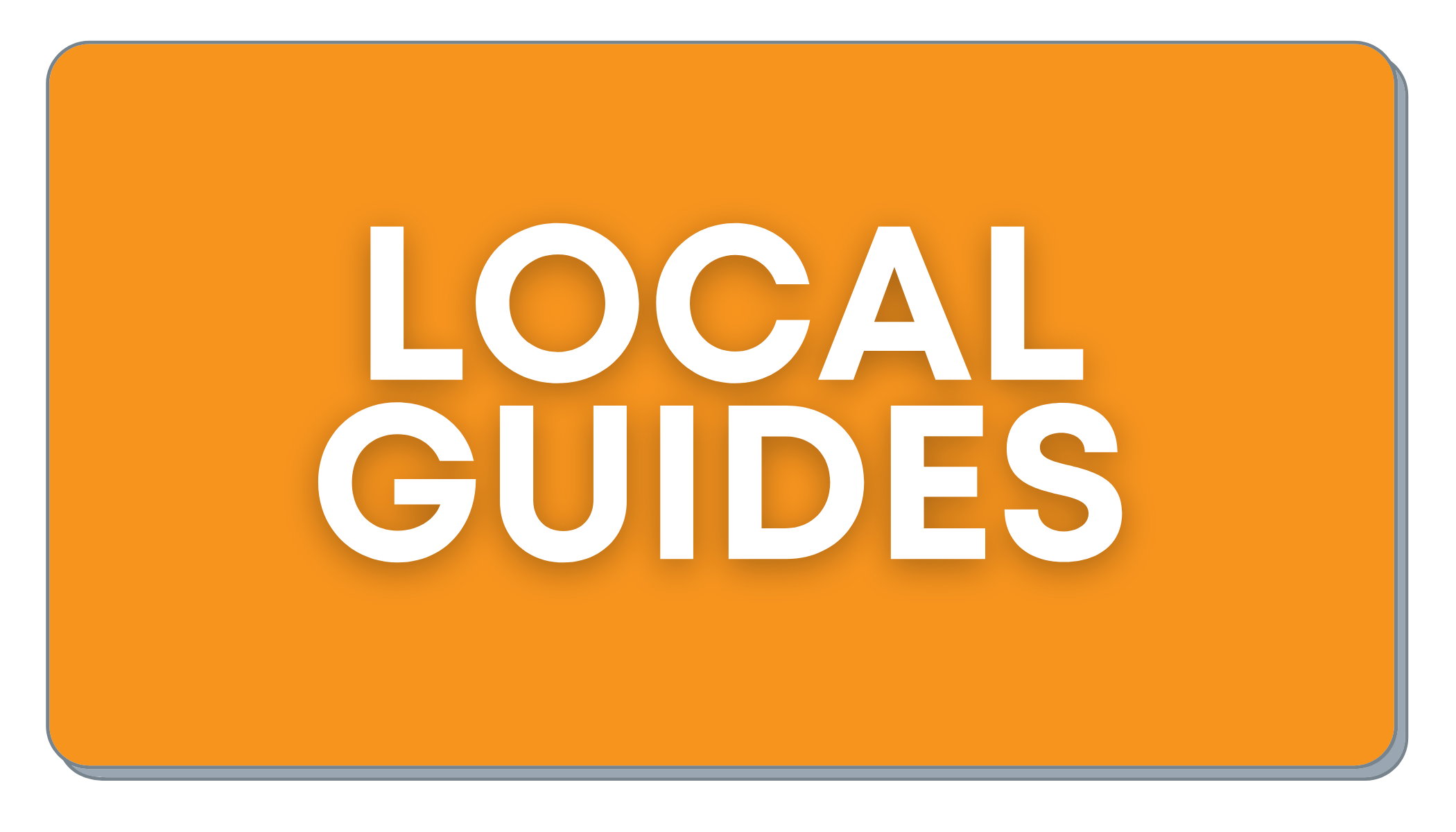I loved watching my son try his first foods.
He would light up with excitement tasting something new or make a hilarious face after that first bite. We were so relaxed back then… just a lick of this, a bite of that. It’s hard to believe how carefree those moments were.
That stage didn’t last long. When he was just six months old—only a week into solids—he had his first allergic reaction. One moment he was fine, the next he was screaming like his skin was on fire. We had no idea what was happening. When we peeled off his shirt, he was covered in huge welts that reminded me of the Stone Men in Game of Thrones.
I remember screaming and rushing to get him in the car. I ran out barefoot and couldn’t find my keys. We were completely unprepared. Neither of us has food allergies—they weren’t even on our radar. We didn’t carry antihistamines or worry about what he ate. I thought allergies were mostly genetic, so it never crossed my mind.
Even after testing, Finley had another reaction—vomiting this time. Then a third not long after. Some of his allergens, like sunflower seeds and barley, are uncommon and weren’t included in standard tests. We had to learn the hard way. It was traumatizing.
After that, food lost its joy.
We started cooking everything from scratch—no processed foods, no shortcuts. Every meal became a careful combination of meat, vegetables, fruit, or beans. Almost everything else felt too risky. It took time to get clarity, and we’re still learning.
Finley is now under the care of the Southern California Food Allergy Institute, where he’s been diagnosed as anaphylactic to barley, wheat, peanuts, cashews, pistachios, sesame, sunflower, eggs, and cow’s milk. He’s also allergic to cats and dogs and has contact allergies—if he touches grass, soil, or even certain bubbles (from chemicals in some soaps), his hands break out in red, itchy welts that look like chemical burns. On top of that, he has eczema that flares from wind or from food sensitivities that don’t show up on allergy tests. Seemingly harmless foods like avocado, watermelon, banana, and cucumber can cause hours of nighttime itching. These delayed reactions are hard to trace, and antihistamines don’t always help. The sleep deprivation is brutal.
As you might imagine, our lives are extremely challenging.
Even a trace amount of an allergen can trigger a reaction. When Finley was about a year old, I took him to a restaurant. He didn’t eat anything, but his face broke out in hives—just from touching a contaminated surface and then his mouth. I sat in the car, trying to stay calm, Epipen in hand, watching to see if his breathing changed. We haven’t been to a restaurant since. We’ve stopped going to other people’s homes. If hives appear, I know he’s touched something unsafe—and for a long time, that happened daily.
Finley is three now. We’ve learned so much, but it still breaks my heart. He misses out on so many of childhood’s simple joys. Kids should be able to run in the grass, blow bubbles, eat ice cream, and pet dogs. They should be able to go to birthday parties and share snacks without risking their lives.
We can’t enroll him in daycare, and we stopped going to parties because they just weren’t safe. At the last one we attended, a child smashed a cupcake on the ground (eggs, dairy). There was a charcuterie board on the table (nuts, dairy), and they served pizza (wheat, dairy). I couldn’t relax. We followed him around the entire time, making sure he stayed safe. That was the last party we went to. It’s often just easier to stay home.
Many people don’t truly understand allergies. They don’t always want to adjust their behavior to make shared spaces safer, even when the sacrifice is small or just for a couple of hours. But for us, vigilance is constant. We can never let our guard down. The mental load is exhausting.
Here’s what I wish people would do to help:
Please be mindful in public places like parks and libraries.
These spaces should be safe for all kids—but often, they’re not. I’ve seen children running around playgrounds with peanut butter pretzels and Goldfish crackers. I’ve seen parents feeding their kids yogurt on the merry-go-round or handing out trail mix during library storytime. These foods contain major allergens like peanuts, tree nuts, dairy, and wheat.
Parks have picnic tables. The library has a designated café. But even when signs are posted asking people to keep food in those areas, many ignore them. It feels like I’m fighting the world.
At a 4th of July event last year, there was a bounce house for kids. I asked a mom to wipe her son’s hands before he went in—he’d just eaten pizza, and they were covered in sauce. She didn’t have a wipe, so she sent him in anyway. My son couldn’t go. We tried another bounce house, but it had smashed Doritos inside.
I share our story every chance I get because many people truly don’t understand what allergy families go through. If I see a child with food on a playground, I kindly ask the parent to have them finish eating before playing. Most people say yes. They’re not trying to be careless—they just don’t know.
I’m not afraid to speak up, but I wish I didn’t have to. I wish the mental load were lighter. I wish people cared just a little more.
So I’m sharing this now—not just for my son, but for every parent navigating this hard, isolating journey who isn’t ready to speak up yet.
Your awareness could save a child’s life.
 |
| Share the Love... |
When visiting events and local businesses, be sure to tell them Macaroni KID sent you... and don't forget to tell all your friends!









